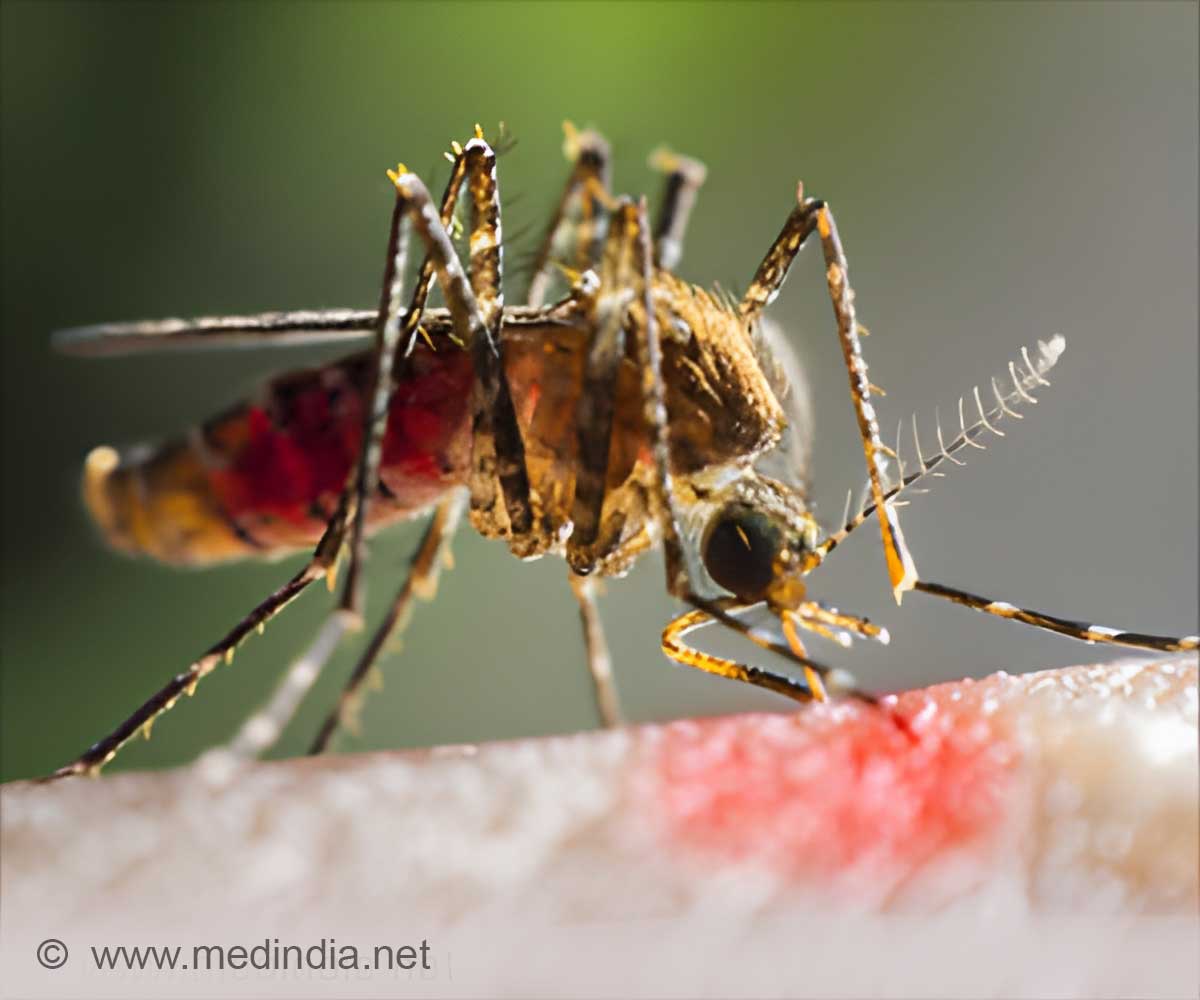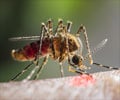Miami residents are fretting over the mist of a pesticide called naled that is drifting down over north Miami every now and then.

‘The pesticide called naled is used in fumigations to kill the mosquitoes that carry Zika virus. People are worried about the use of pesticide as it was banned in the European Union in 2012 because of its potential risk for human health and the environment.
’





In most people, Zika causes only mild symptoms but in pregnant women it can cause microcephaly, a deformation in which babies are born with abnormally small brains and heads. Now, people are also fretting over the mist of a pesticide called naled that is drifting down over north Miami every now and then.
"We do not know what it is or what it does, and we do not trust the government," said Fermin Gonzalez, a 38-year-old graphic designer. "I doubt it is healthy."
Some merchants in Wynwood, the tourist-popular neighborhood where the virus was first detected two weeks ago, have organized into a coalition opposed to naled fumigation. Over the weekend, demonstrators staged a protest.
A total of 30 cases of infection with homegrown Zika have been reported in Miami.
Advertisement
It was banned in the European Union in 2012 because of its potential risk to human health and the environment.
Advertisement
But "if it's not safe to use in Europe, why is it safe to use in Miami?" asks Michelle Harriott, science and regulatory director of a Washington-based NGO called Beyond Pesticides.
Small doses OK
CDC director Tom Frieden has said that naled, which has been used in the United States since 1959 to combat mosquitoes, is not harmful at the low concentrations in which it is used in America.
The EPA website says "people aren't likely to breathe or touch anything that has enough insecticide on it to harm them. Direct exposure to naled during or immediately after application should not occur."
But it also cautions people sensitive to chemical products to stay inside with the windows closed during fumigation with naled.
Harriott said, "They use small doses at a time, but over several months that adds up. It depends on how long it will be sprayed. It could be for the rest of the year. If that is the case, we should be concerned about that."
In experiments with animals, exposure to naled at high concentrations has been shown to cause nausea, weakness, paralysis, convulsions and other problems including respiratory failure and even death, said Elvia Melendez Ackerman, a professor of environmental science at the University of Puerto Rico.
Naled breaks down into something called dichlorvos, which in 1991 the World Health Organization labeled as a possible carcinogen for humans.
Naled not only kills mosquitoes but is also toxic to bees, butterflies, fish and other aquatic species.
Melendez was active in the fight against using naled in Puerto Rico. Fumigations with it were halted in July on orders from Governor Alejandro Garcia Padilla.
Now the US territory is being sprayed with an organic product that kills mosquito larvae.
Last week, the United States declared a health emergency in Puerto Rico after it reported 10,690 cases of Zika, 1,035 of them in pregnant women.
In the continental US, nearly 2,000 cases have been reported. Miami is so far the only place where people have been infected locally, as opposed to while traveling overseas or through contact with someone who did make such a trip.
Source-AFP












